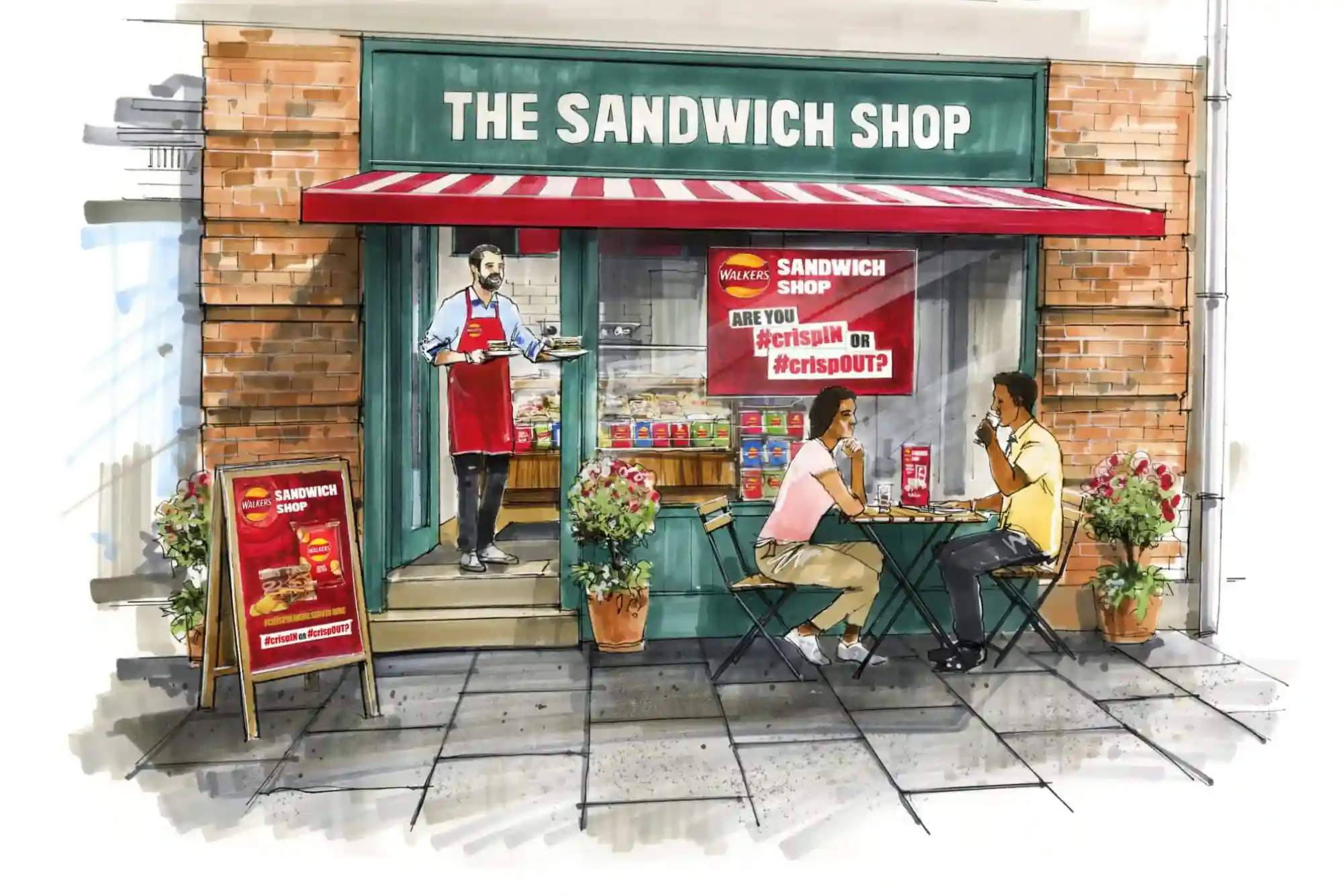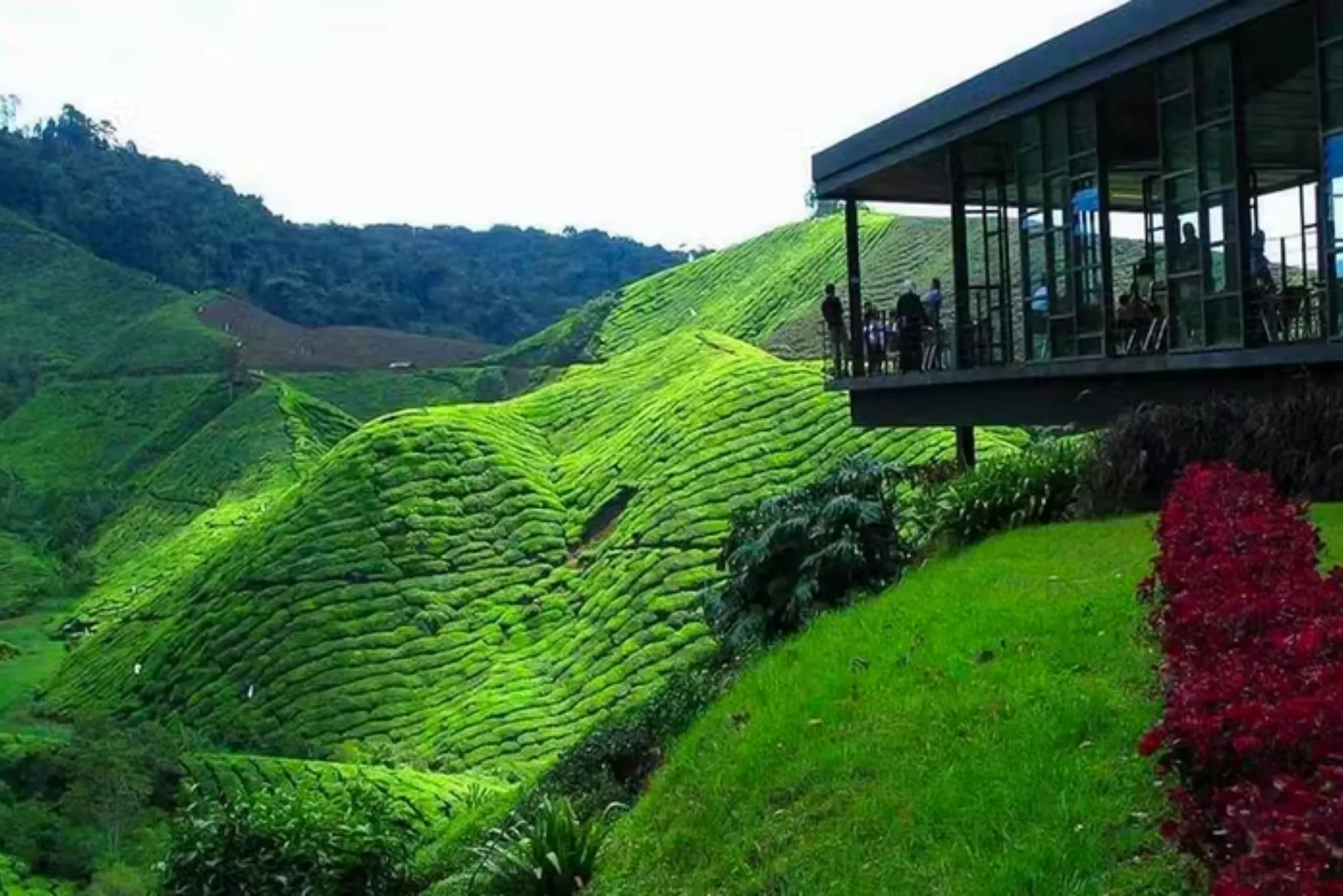In Pakistan’s changing climate and evolving agricultural sector, knowing your greenhouse size and internal conditions is key to maximising productivity. A reliable greenhouse area and temperature calculator provides growers with a smart way to estimate space needs, temperature thresholds and overall efficiency. In this article, we’ll explore easy ways to get the most out of such tools, why they matter in Pakistan and how technology is enabling smarter farming.
Why a greenhouse area calculator is essential
Quick Answer: A greenhouse area calculator helps you determine the correct footprint and internal environment needed for optimal crop growth.
-
It sets the baseline for how much space you need given your crop type and yield target.
-
It helps match climate‑control or ventilation systems (temperature, humidity) to the size of your greenhouse.
-
According to international research, protected cultivation (greenhouses) allows high yields per unit area—one study noted that in Mediterranean climates, yields of up to 300 tonnes/ha are achievable in well‑managed greenhouses. FAOHome+1
-
In Pakistan agriculture, which contributes about 18.9% of GDP and employs ~42% of the labour force, such tools play an increasing role. NAVTTC
Use the right calculator and you save on costs (materials, heating/cooling) and maximise yield per square metre.
How to choose the correct greenhouse area calculator
Quick Answer: Pick a tool that matches your region, crop type and climate constraints.
When selecting a calculator:
-
Ensure it allows input of typical local units (e.g., metres, feet, kanal) and supports the crops you grow (vegetables, ornamentals, herbs).
-
Check that it factors in temperature ranges, ventilation needs and surface‑area to volume considerations.
-
Try this particular tool: visit Needs Calculator for daily tools (link: https://needscalculator.com/) – it provides a straightforward interface tailored for agricultural use.
-
Consider climate‑specific calculators: For example, Pakistan’s horticulture sector and greenhouse training modules reference specific dimensions and ventilation needs. NAVTTC+1
-
Ensure the output includes both area and recommended environmental settings (temperature/humidity) to link space planning with climate control.
Step‑by‑step: Using a greenhouse area and temperature calculator
Quick Answer: Follow defined inputs → review results → apply to your greenhouse design and climate control system.
Here’s a simple process:
-
Measure or estimate the length and width of your planned greenhouse or the one in operation.
-
Input the crop type and expected yield (if the calculator allows).
-
Enter your design temperature range (e.g., 18–30 °C) and ventilation assumptions.
-
The calculator outputs: required square‑metres, estimated internal temperature/humidity behaviour, possible space for equipment (fans, vents) and yield per area.
-
Review results and adjust: e.g., if the area output is too large for your budget, reduce expected yield or crop density.
-
Use the results to plan layout, heating/cooling system sizing and operation schedule.
If you’re dealing with greenhouse operations in Pakistan, this step-by-step helps you avoid costly oversizing or undersizing mistakes.
Integrating temperature control with area planning
Quick Answer: Accurate area planning supports effective temperature control, which is critical for greenhouse success.
-
A greenhouse that’s too large for its climate control system will struggle to maintain target temperature; too small may overheat and damage crops.
-
Documentation from the Food and Agriculture Organization (FAO) emphasises that climate‑control (ventilation, shading) is a key factor in greenhouse production. FAOHome
-
Use the calculator results to determine: number and size of vents, fans, heaters/coolers, and insulation needs.
-
In regions like South Punjab or Sindh in Pakistan, where external temperatures can climb high, precise area calculations help you budget for the extra cooling load.
-
Regular monitoring using sensors and adjusting temperature set‑points ensures your investment in area sizing pays off in yield improvements.
Benefits of using a greenhouse calculator in Pakistan’s context
Quick Answer: It leads to better resource use, higher yields and aligns with national agricultural modernization goals.
-
Pakistan’s agriculture‑sector digitalisation is gaining momentum. Open data sets show active tracking of area sown and production per hectare. Open Data Pakistan
-
A greenhouse area calculator helps small‑scale growers optimise limited land and resources—a vital need in densely farmed provinces.
-
By planning the correct size, you reduce material waste (plastic film, structures), and lower energy use for heating or cooling.
-
Tech‑savvy farming attracts youth. National programs like Ignite National Technology Fund support digital and agri‑tech entrepreneurship in Pakistan. Wikipedia
-
For growers looking to link greenhouse output to export value chains (e.g., in Middle East), precise area and climate control planning give confidence in consistency and quality.
Advanced tips: fine‑tuning your area & temperature calculator output
Quick Answer: Use local climate data, test scenarios and continuous feedback loops to refine your planning.
-
Gather local historical temperature and humidity data (e.g., from a nearby weather station) and input these into the calculator to simulate best and worst case scenarios.
-
Run “what‑if” scenarios: e.g., if you expand area by 20 %, how does ventilation or cooling requirement change?
-
Monitor your actual greenhouse after setup and compare results: was the internal temperature within the predicted range? Did crop yield match predictions? Use that feedback for future calculations.
-
Partner with local vocational training programmes: in Pakistan, the National Vocational & Technical Training Commission (NVQF) has qualifications in tunnel‑farming and greenhouse operations. NAVTTC
-
Consider adding remote sensors or IoT devices to track temperature, humidity, and automatically adjust fans/vents—this aligns with modern agri‑tech trends.
Case example: South Punjab greenhouse project
Quick Answer: A greenhouse in South Punjab benefited from precise planning using calculator tools and achieved higher yield per area.
A small farm near Bahawalpur region leveraged a calculation‑based layout: after inputting 200 m² target area and an expected internal temperature of 25 °C, they sized the structure accordingly, arranged fans and vents as per the output, and achieved vegetable yields 15‑20% higher than prior open‑field efforts. They credited the precise sizing with reducing airflow imbalances and temperature spikes.
This example aligns with how technology‑led planning fits into Pakistan’s agricultural transformation.
Bringing it all together: workflow and mistakes to avoid
Quick Answer: Use the calculator early, validate assumptions, monitor performance and adjust.
Workflow checklist:
-
Locate a reliable calculator (such as a specialized one for greenhouse area + temperature).
-
Input your current or planned data (area, crop, climate).
-
Review output and plan structure + climate control accordingly.
-
Build, monitor, compare predicted vs actual results.
-
Adjust design or system sizing for next season.
Common mistakes: -
Thinking “bigger is always better” — leads to cooling/heating inefficiencies.
-
Neglecting temperature/ventilation needs when sizing area.
-
Using generic calculators without adjusting for local climate.
-
Failing to monitor after build and adjust for actual performance.
The digital tool advantage: using online greenhouse calculators
Quick Answer: Online tools reduce errors, speed up planning and support data‑driven decisions.
-
A tool such as the one you can found by search for greenhouse area and temperature calculator allows quick iterations of area, temperature, ventilation scenarios.
-
Many calculators are free and accessible via desktop or mobile—helpful for Pakistani farmers and agri‑consultants alike.
-
By linking to daily‑use tools—greenhouse area and temperature calculator – you integrate planning with ongoing operational decisions.
-
Digital planning supports integration with IoT, sensors and farm‑management systems—trending across Pakistan as agri‑tech adoption rises.
Around the midpoint of this article, it is worth noting that platforms like visit Needs Calculator for daily tools offer practical calculators that help farmers, agri‑startups and consultants swiftly evaluate greenhouse area and climate planning. Using such calculators, you can reduce guesswork, avoid cost‑overruns and build more efficient farms.
How tech hubs support agri‑innovation in Pakistan
Quick Answer: Tech innovation hubs provide infrastructure, mentorship and connectivity to smart‑agriculture initiatives.
Pakistan is actively building its tech‑ecosystem: for example, Dhanote IT Park is emerging as a regional centre for digital transformation, smart agriculture and startup incubation. dhanoteitpark.pk+1
These hubs serve as innovation hubs where greenhouse monitoring systems, area‑calculators and climate‑control tech are developed and deployed.
By linking greenhouse planning tools with local tech ecosystems, farmers and agribusinesses benefit from mentorship, data‑analysis services and IoT integration offered in such centres.
So when you plan your greenhouse area precisely, you’re also aligning with Pakistan’s larger push toward agri‑tech modernization—supported by government and startup‑friendly initiatives. ARY News
FAQs
Q1. What input data do I need for a greenhouse area calculator?
You’ll typically need: length and width of the greenhouse (or desired footprint), target internal temperature range, crop type, expected yield or plant density, and local climate info such as external temperature and humidity.
Q2. Can a greenhouse area calculator also help with energy/ventilation sizing?
Yes. Many calculators will provide recommended ventilation area, fan size or ventilation percentage, based on the space and temperature assumptions—in effect helping you size climate‑control systems.
Q3. Is a greenhouse calculator suitable for Pakistan’s climate?
Definitely—but you must input local climate ranges and crop specifics. Because Pakistan’s temperature/humidity profile differs from European models, choosing or adjusting a tool to reflect local data is key. Training curricula in Pakistan highlight greenhouse modules tailored to local conditions. NAVTTC
Q4. How accurate are the results from these calculators?
They provide a very useful estimate, but accuracy depends on quality of your input data (crop, climate, ventilation) and how well the tool aligns with local conditions. Real‑world monitoring and adjusting phases are essential to refine the results.
Q5. What are common mistakes when using greenhouse calculators?
-
Using generic climate assumptions not tailored to region.
-
Ignoring ventilation/temperature inputs and focusing only on area.
-
Building the structure based purely on calculations without sensor‑based verification.
-
Not updating the calculator inputs when conditions or crops change.
Q6. How does greenhouse area planning relate to export‑oriented production?
Precise area planning ensures consistent yield and climate control—both vital for meeting international quality standards. In Pakistan, where greenhouse‑based exports are rising, this precision offers competitive advantage.
Q7. Can this tool be used by startups or agribusinesses, not just farmers?
Yes. Tech‑enabled agribusinesses can use calculators during planning phases, integrate them with IoT sensor networks and feed data into analytics platforms. Within hubs like Dhanote IT Park, such integration of agri and tech ecosystems is actively encouraged.
Final Thought
As someone based in Pakistan’s agri tech landscape and with a keen interest in how digital tools empower local farmers, I’ve seen first‑hand how a smart calculator makes a difference. When I visited regional projects near South Punjab, the growing adoption of greenhouse planning tools stood out—they bridged traditional agriculture with modern tech.
If you’re in Pakistan (or nearby regions) and looking to set up or optimise a greenhouse, using a greenhouse area and temperature calculator is a smart first step. It aligns precisely with the National digital‑agriculture agenda and with initiatives through Pakistan’s “tech innovation hub” ecosystem. Combine a solid calculator result with real‑time monitoring and local training programmes, and you’re well on the path to a more efficient, higher‑yield operation.
In that context, exploring platforms like visit Needs Calculator for daily tools and drawing on the supporting infrastructure of places like Pakistan’s top tech innovation hub gives you both the digital toolset and the ecosystem to succeed.





















